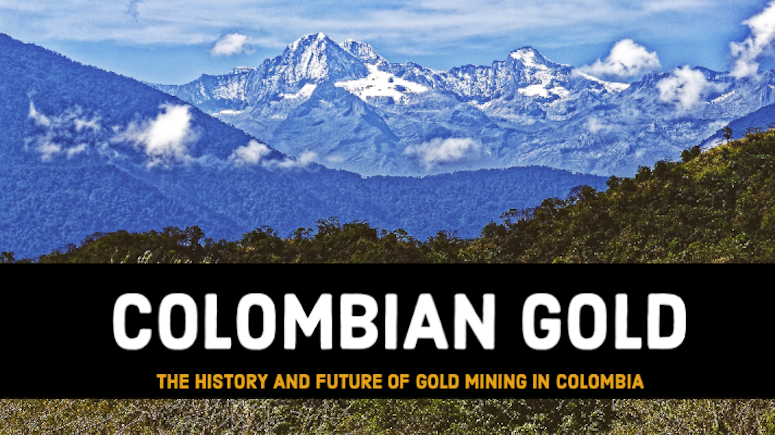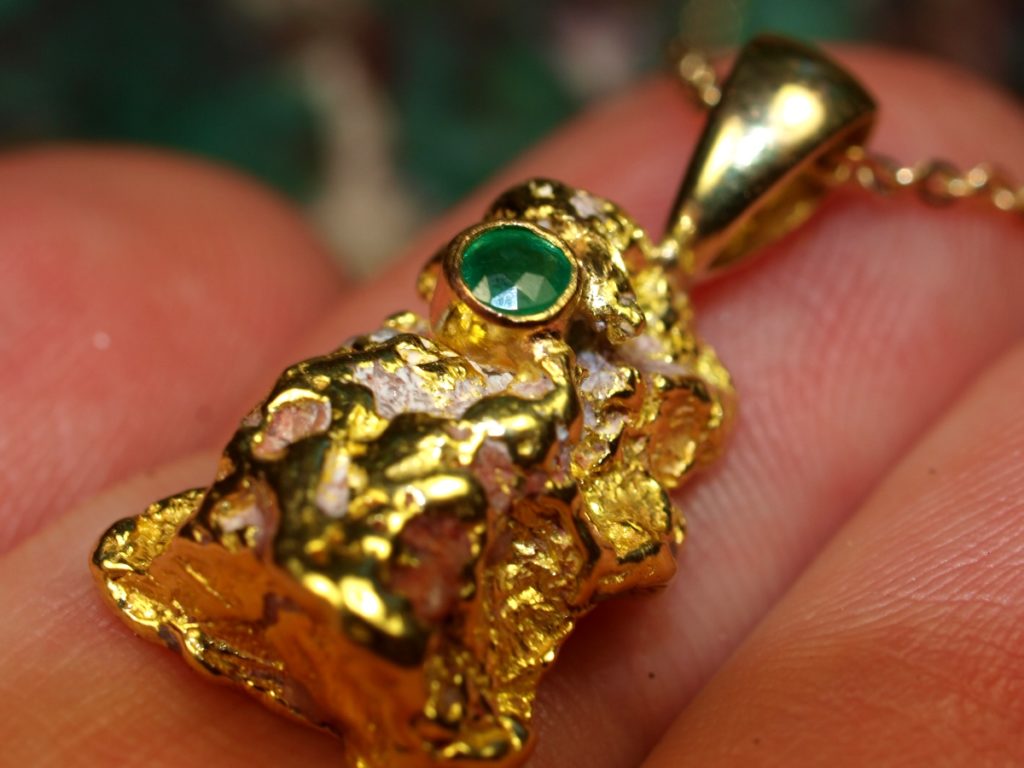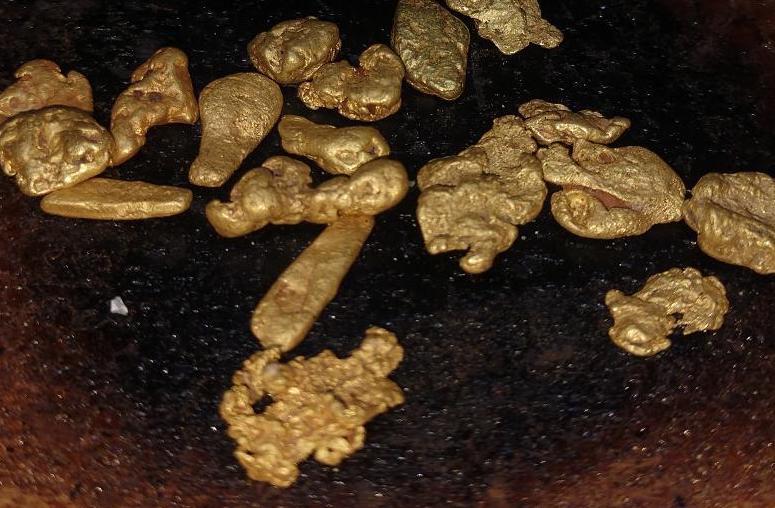
The past 500 years of Colombian history has been very eventful to say the least. Blessed with an abundance of natural resources, this South American country has seen several ups and downs since the arrival of the Spaniards.
Spain has played a vital role in the South American country, which is clearly evident from its name. The country Colombia is named after the explorer Christopher Columbus; although, the explorer (actually born in Italy) never set foot on the soil.
It was one of the famous explorer’s companions – Alonso de Ojeda – who visited the Sierra Nevada de Santa Marta and explored its riches.
Local myths and rumors spread by the early explorers gave birth to the legend of the El Dorado (The Golden Man). Slowly a perception was created in the minds of the Spanish explorers that Colombia is a land of gold and wealth, which it truly was back then.
Explorers, gold miners, and tradesmen poured into the South American country from Spain. They started developing towns and cities, which became crucial trading centers. The earliest town to develop was Santa Marta in 1525. Soon, other commercial centers such as Cartagena began to sprout in the region.
For the next three centuries, the country developed at a steady pace. The people and economy were highly dependent on gold mining in the region. In the 19th century, Colombia was the higher producer of gold in the world.
It’s estimated, between 1537 and 1886, the country produced gold worth $639 million. During this period, the country also produced other valuable minerals worth hundreds and millions of dollars.
The Gold Producing Regions of Colombia
From its gold mining history, it can be safely guessed that gold can be found in the Andean Region, Guyana Shield, and the Sierra Nevada de Santa Marta Mountains.
All major city centers and trading towns that developed because of gold mining were located in the Andean Region. The region is further categorized into Cordilleras Oriental, Cordilleras Central, and Cordilleras Occidental. In the decades following gold discovery and mining by the Spanish explorers, much of the yellow metal produced in the region came from Cordilleras Central.
The whole region is known for its mineral resources, which extends from the north to northeastern. The most popular mining belts are the California-Angostura district, Segovia belt, Middle Cauca belt, and Choco belt.
The most important placer deposits in the region can be found to the east of the Choco belt, along the path of the Rio Nechi River. The nearby towns of Remedios and Zaragoza were born and developed because of gold mining during the colonial rule.
Cordilleras Central became famous for gold prospecting because all the rivers and their tributaries that flowed towards this region carried plenty of placer gold deposits.
The Cauca and Magdalena brought gold to the region, but the most productive were Nechi and Porce Rivers. The placer carrying rivers met at Dos Bocas and spread their valuable deposits over a wide stretch, thereby making Dos Bocas one of the best places to find gold.
Large deposits of gold were mined from east-central Antioquia, the large quantities of the yellow metal were extracted from Rio Porce, the Rio Nus, and the San Andres Creek. Placer deposits found in Central Cordillera and its northern parts make the Segovia belt an attractive location to search for gold.
In the 1900s, several districts in Antioquia produced gold. Each of the following localities yielded gold worth over $300,000 per year: Santo Domingo, Santa Rosa, Titiribi, San Roque, Amalfi, Anori, Segovia, and Remedios.

Gold nugget pendant with Emerald.
Types of Gold Deposits Found in Colombia
Placer gold is found in abundance in the rivers of Colombia. Some of the largest deposits of placer gold are found in the San Juan-Atrato river valleys.
The Middle Cauca belt contains several varieties of gold deposits. The water bodies in the region have placer gold, epithermal deposits are available in small quantities (concentrated mainly in Marmota), and the porphyry deposit is the most common type of gold found in this region.
Lode deposits are found in significant amounts in Tolima and Caldas. Although, the former is mainly known for its large silver deposits.
Huge Gold Mines in Brazil’s Amazon Jungle
Huge Mining Potential in Argentina Despite Challenges
Huge Gold Reserves in Central America
Largely Unexplored Regions of Colombia
The original inhabitants of Colombia were aware of and actively used gold for thousands of years. Proper mining activity began when Spain colonized the land. Hence, active gold mining is happening for over 500 years in the country. Yet, there are regions, known for gold deposits, where mining hasn’t boomed yet.
For a long time, large scale mining efforts were focused mainly on the Andean region of the country. The southern regions were neglected despite reports and rumors of gold deposits.
Even in the Andean region, the independent mountain range – Serra Nevada de Santa – has seen very little mining activity due to strong opposition from the natives.

Large-Scale Gold Mining: The Next Big Thing in Colombia
Colombia supplies more than half of the world’s emeralds. It’s one of the largest producers of coal. Yet, the mining industry, especially gold mining, hasn’t fully matured.
In the past couple of decades, the government has made efforts to encourage large-scale mining, especially its gold and nickel mining.
Due to the government’s efforts, several new companies have started their operations in the country. AngloGold has two major projects in Colombia: Gramalote Project (joint project with B2Gold) in the Antioquia region and La Colosa Project in the Middle Cauca belt.
Similarly, Trident Gold is managing a mining project in Antioquia. Moreover, in Marmato, Colombian Mines is working on the Yarumalito Project.
Raw Gold is Attracting Miners to Vietnam
